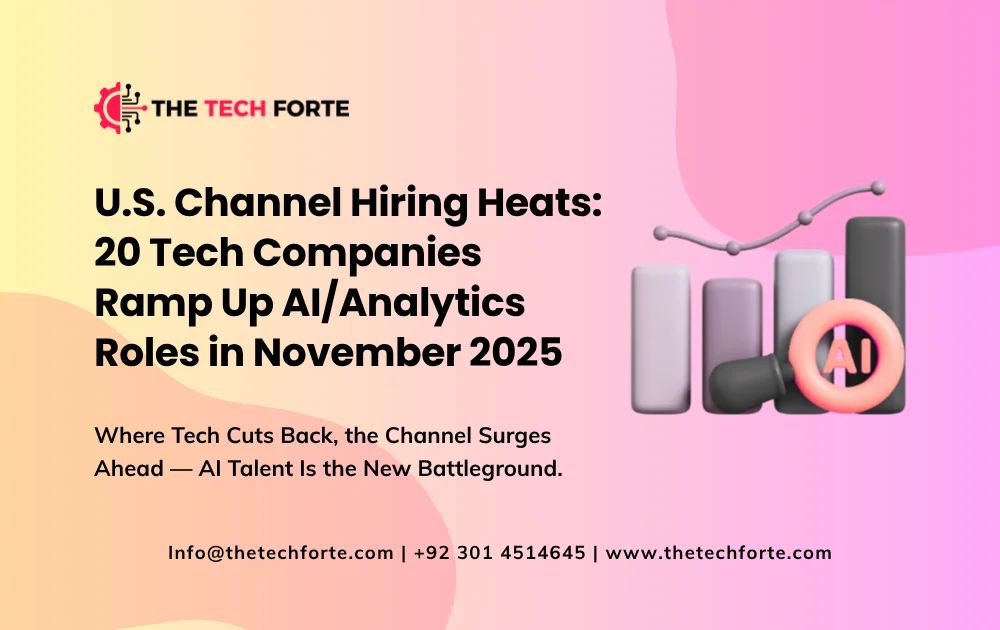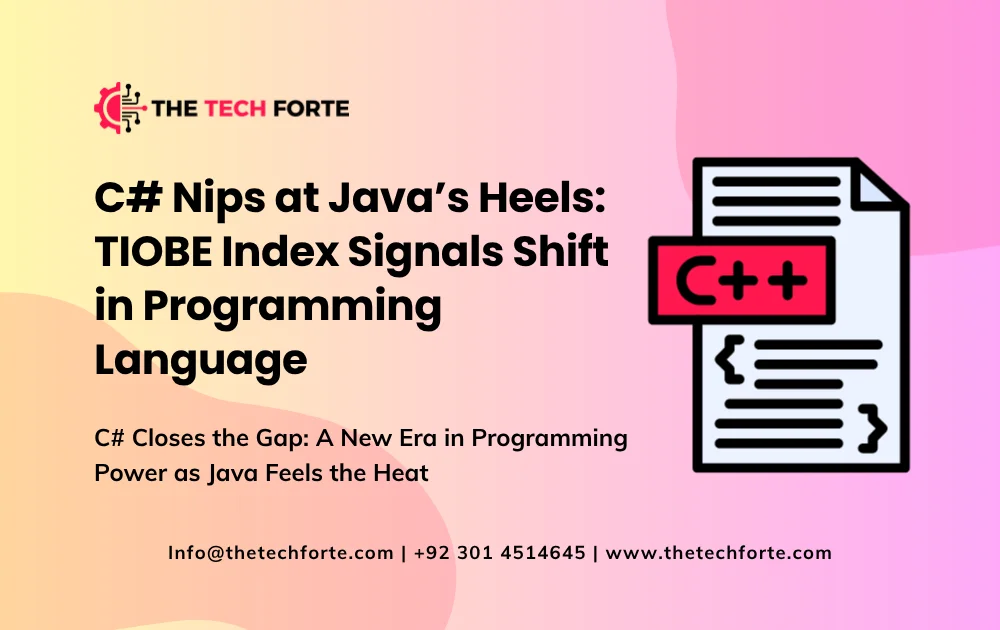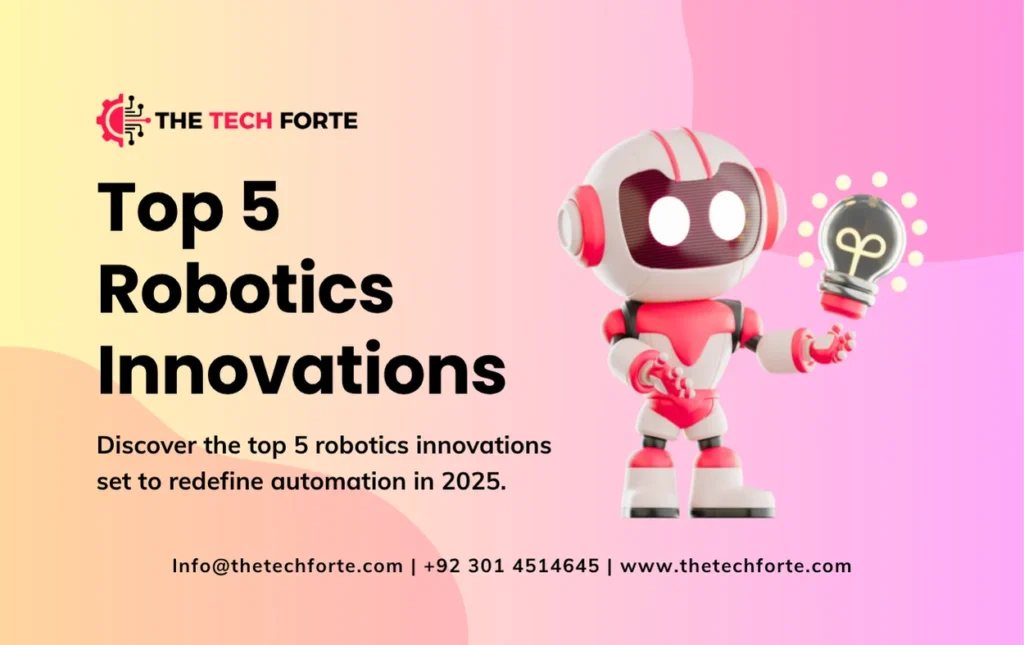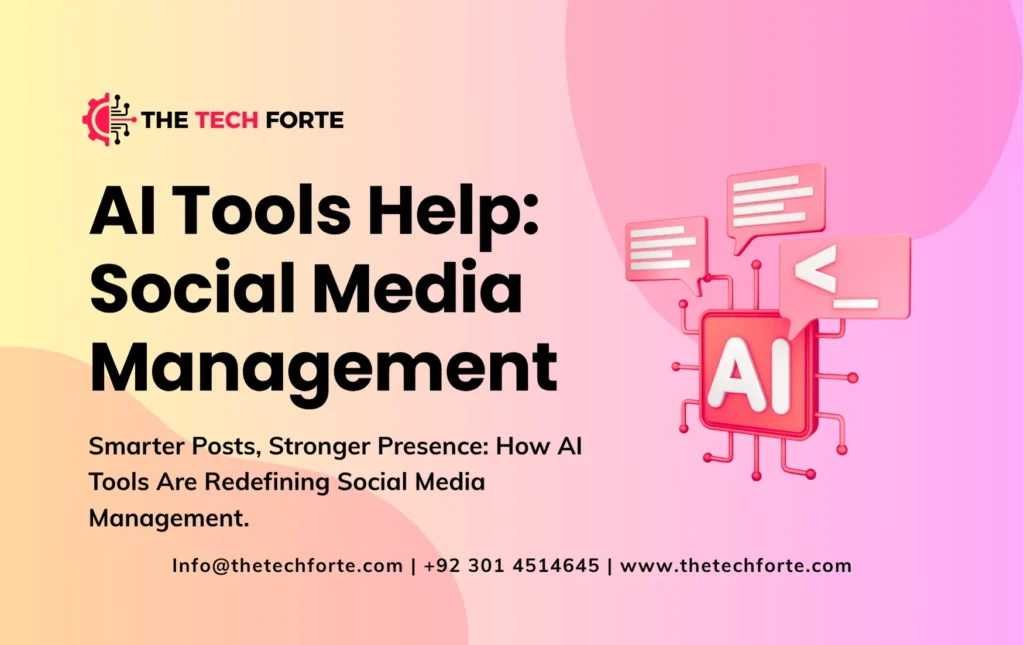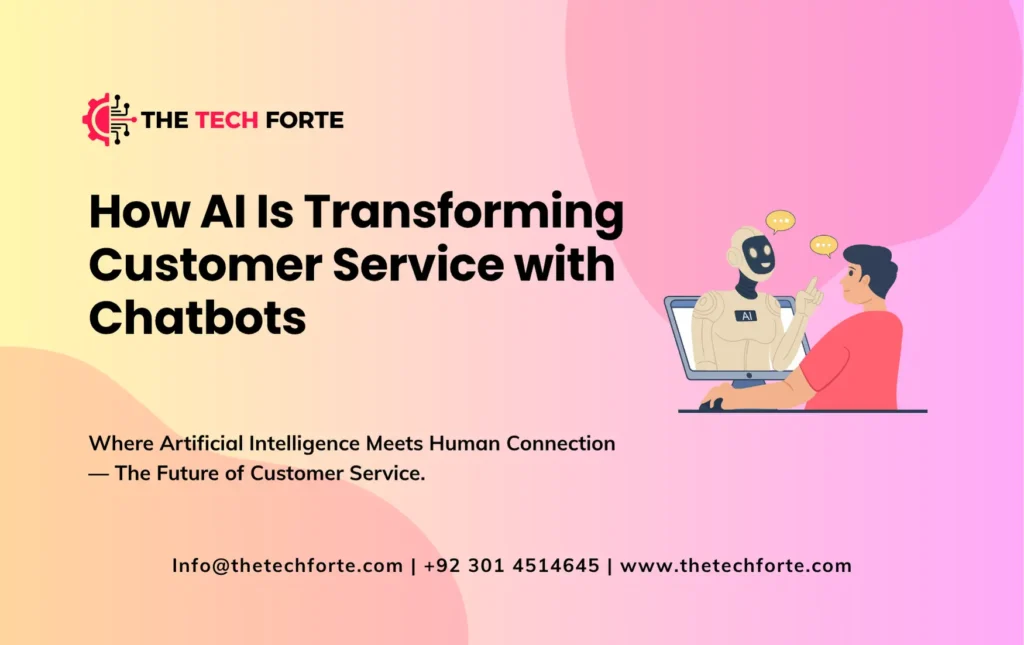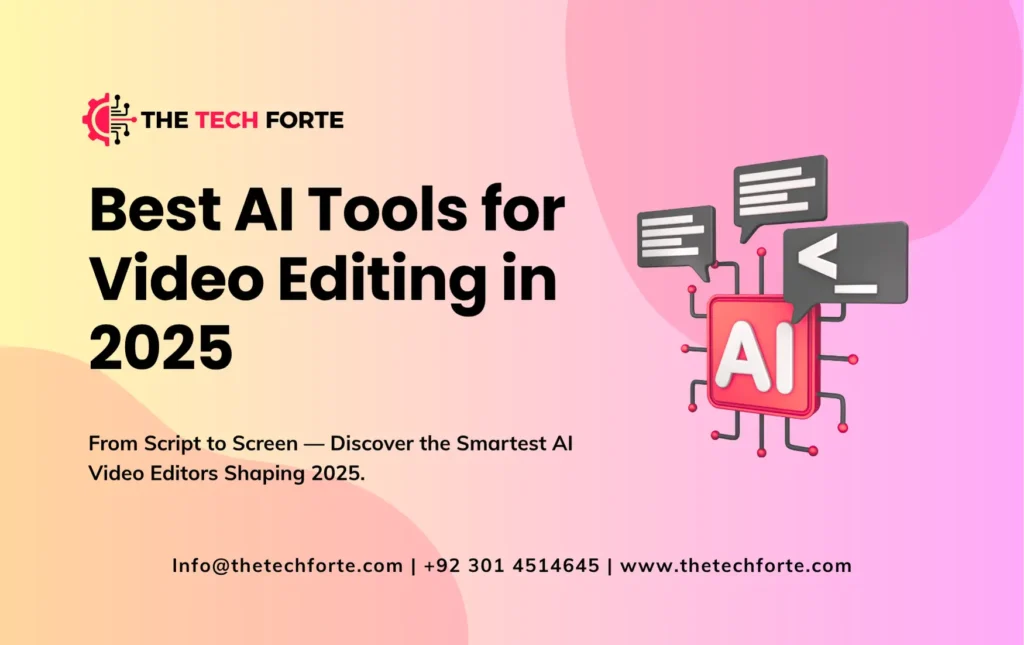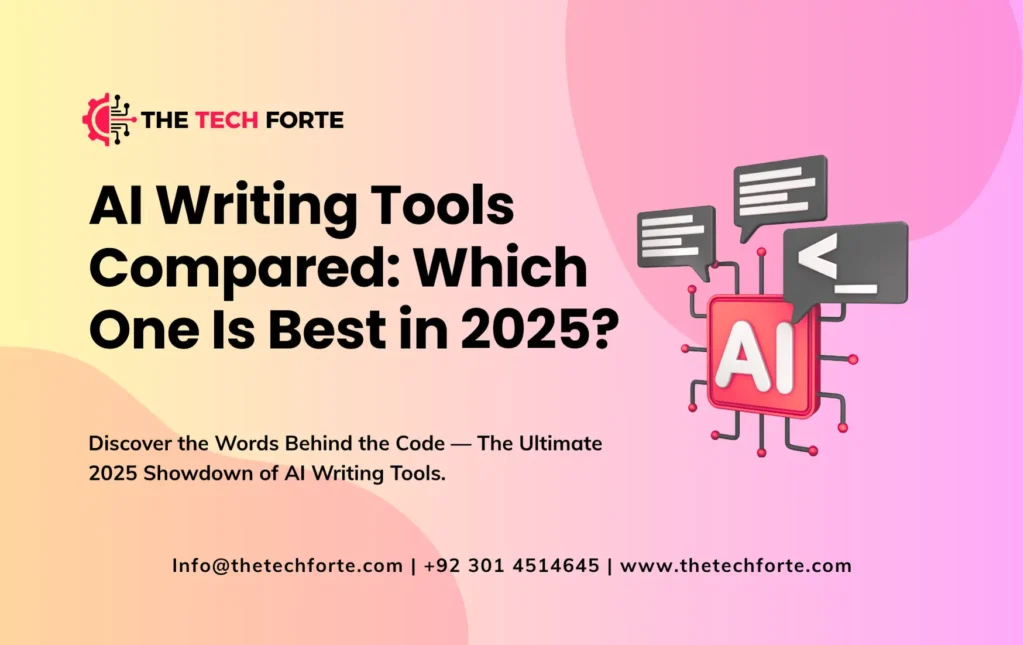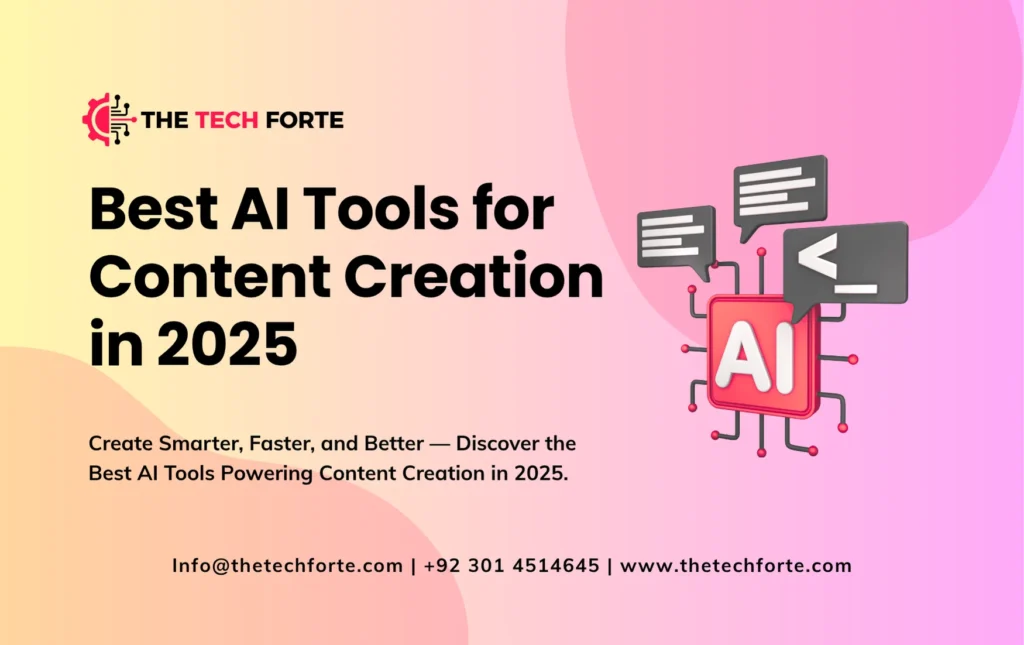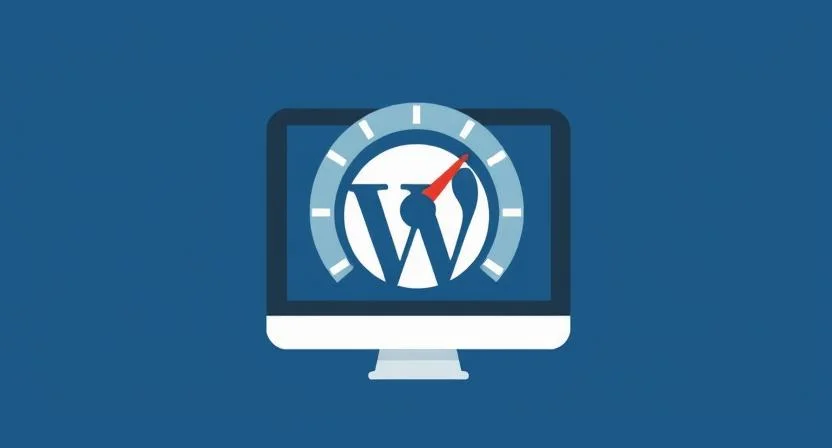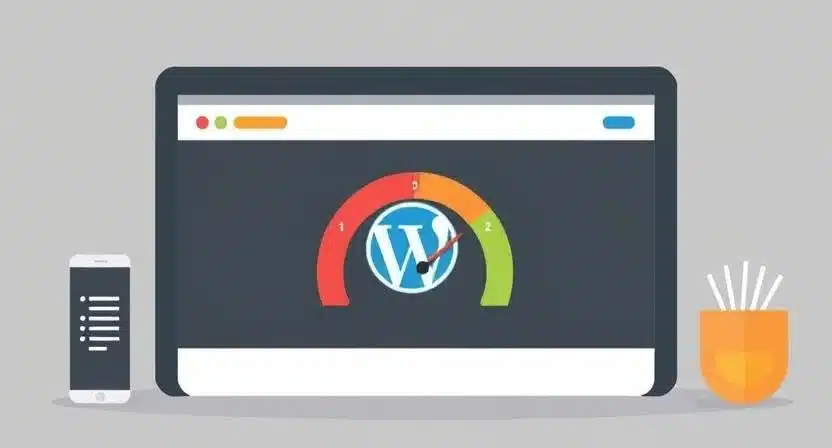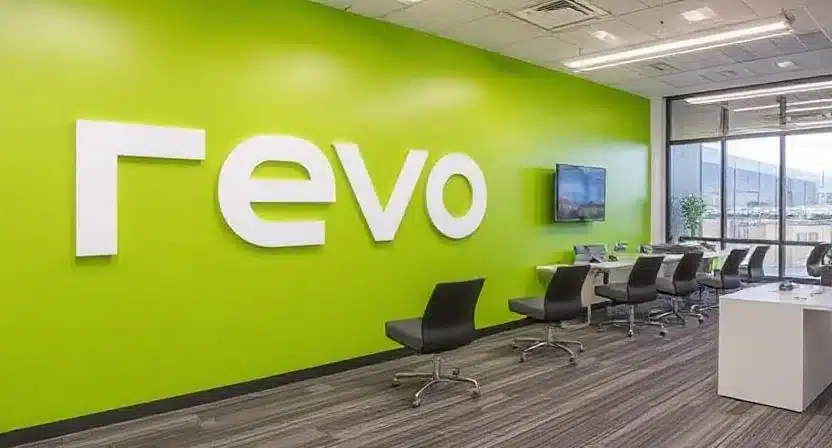U.S. Channel Hiring Heats: 20 Tech Companies Ramp Up AI/Analytics Roles in November 2025

As major tech companies slash jobs elsewhere, a surprising countertrend is emerging: hiring in the IT channel is accelerating, especially for roles tied to AI, analytics, and partner enablement. In November 2025, at least 20 leading technology firms posted new channel-related roles, according to CRN’s report, signaling that companies continue to invest aggressively in ecosystem and partner-led growth.
This surge in channel hiring comes at a moment of sharp workforce restructuring across the tech sector. While some companies are downsizing, others are redeploying capital into strategic, growth-oriented functions. The contrast underscores a bifurcated labor market, in which AI and analytics roles are among the most resilient and are being built out through indirect, partner-driven models.
In this article, we break down which companies are hiring, what roles are in demand, why the channel is so attractive right now, the risks these firms are hedging against, and how this is reshaping mid-tier and partner ecosystems in the U.S.
Dissecting the CRN Insight: Who Is Hiring In the AI Channel — and Why
CRN’s “20 Tech Companies Hiring In The IT Channel: November 2025” report provides a window into where the money and headcount are going.
Here are some themes and standout companies from the list:
- Xerox is hiring a Field Chief Technology Officer to work closely with its channel partners.
- Cognizant is looking for an AI & Analytics Lead with a $200K+ salary, signifying demand for AI strategy talent embedded in its channel organization.
- Salesforce has open roles for an Account Executive focusing on federal and aerospace systems integrators — highlighting deep vertical and partner engagement.
- Cohere, an AI / LLM company, is hiring a Partner Development Manager to build out its ecosystem among system integrators, resellers, and possibly public sector partners.
- Expel, a cybersecurity company, is recruiting a Regional Partner Sales Manager to lead partner success journeys.
- JFrog, known for DevOps tools, seeks a Senior Partner Marketing Manager (with a base of $175K+), responsible for joint marketing with partners and translating core messaging into partner-friendly content.
- Omnissa is on the hunt for a Partner Sales Business Manager (Chicago-based), someone who can recruit, onboard, and enable enterprise partners.
- WatchGuard Technologies (security) is advertising for a Director of Product Management (Identity) to partner with channel leaders and drive identity business growth.
- Arctic Wolf has multiple channel roles: Partner Sales Manager, Channel Account Manager, and Field & Partner Marketing Manager.
- Yobi AI is eyeing a Partner Development Manager focused on the Microsoft ecosystem, co-selling and co-creating pipeline via strategic partners.
- Xtium wants a Workday Administrator, Linux Admin, and IT Logistics Specialist to support partner-led deployments.
- HCLTech is hiring a Generative Media Technologist (salary $180K+) to lead AI-enabled content creation strategies across partners.
- Acordis Technology & Solutions is looking for an Xerox Account Manager to work with the printer/document management partner channel.
- LogicalisUS seeks a System Architect with deep experience in designing multi-component solutions and working across MSP (Managed Service Provider) and professional services arms.
- And more: CRN names other hiring companies across IT-channel roles (many vendors, MSPs, systems integrators).
Why the Channel Is So Attractive Now: Strategic & Market Drivers
The AI Push Is Not Just In-house, It’s Ecosystem-Led
Many of these roles are not purely internal R&D: they sit at the intersection of vendor + partner + customer. Hiring for “Partner Development Manager,” “Account Executive for system integrators,” or “Partner Marketing Manager” for an AI business reflects a shift: companies are investing in go-to-market partner strategies to scale AI adoption.
By pushing capital and headcount into their channel organizations, these firms can:
- Leverage partner ecosystems to reach more customers fast
- Offload some of the go-to-market burden while preserving capital efficiency
- Align incentive structures so partners help build consumption of AI and analytics solutions
- Build longer-term adoption by embedding AI into partner-led consulting, system integration, and custom deployments
Risk Hedging Amid Layoffs & Restructuring
While many big tech firms continue to cut headcount, particularly in legacy or non-priority areas, they are simultaneously investing in growth functions tied to AI and analytics. This dichotomy suggests they are reallocating talent, not just shrinking.
Layoffs in 2025 have hit broad swathes of the tech industry, but AI-related roles remain in demand. According to major tech layoff trackers, tens of thousands of jobs have been cut across companies like Microsoft, Oracle, and others.
Simultaneously, strategic roles, especially those driving new business through partners, remain critical, ensuring that companies with strong partner networks can scale their AI offerings without bloating fixed R&D costs.
Need for GTM Scale & Specialization
AI and analytics products are rarely sold as simple “software license” deals: they often require complex integration, adaptation, professional services, and partner-led onboarding. Hiring in the channel is a recognition that:
- Selling AI is more than just licensing it’s about outcomes.
- Partners (system integrators, MSPs, resellers) are still essential to reach enterprise customers.
- To scale, tech companies need partner leaders who understand AI, who can orchestrate partner training, co-sell, and nurture pipelines.
White-Hot Roles: What Exactly Are These Companies Hiring For?
Analyzing the open jobs reveals clear patterns in what kinds of channel roles are being prioritized:
| Role Type | Key Responsibilities | Strategic Impact |
|---|---|---|
| AI & Analytics Lead (Cognizant) | Oversee partner strategy, sales, and deployment of AI-driven services | Directly grow partner-led AI ARR and adoption |
| Partner Development Manager (Cohere, Yobi) | Recruit, enable, certify, and scale partner relationships | Align advanced solutions with the partner ecosystem |
| Account Executive, Systems Integrator (Salesforce) | Manage large, integrator-based accounts in Federal / Aerospace | Reach high-value, regulated markets via SI partners |
| Field CTO (Xerox) | Provide technical leadership to partners, architects, and solution providers | Align advanced solutions with partner ecosystem |
| Partner Marketing / Partner Product Manager (JFrog, WatchGuard) | Execute joint marketing and go-to-market playbooks with partners | Boost partner-sourced demand and adoption |
| System Architect (Logicalis) | Design and deploy technical solutions in collaboration with partners | Ensure technical alignment and scalability of joint offerings |
These roles are heavily weighted toward partner-led growth strategies rather than purely internal innovation, underscoring how crucial ecosystems are to scaling complex AI offerings.
The Dual Reality: Layoffs + Hiring — What It Says About the Market
The Layoff Wave Is Real
Across the U.S. and globally, 2025 has brought a major realignment in tech employment. According to multiple sources, big tech is cutting jobs, particularly in functions that are not central to its long-term AI and infrastructure strategies.
- Layoffs are touching established firms.
- Some firms cite AI-driven “efficiency” as a rationale: AI adoption is enabling automation, reducing the need for certain roles.
- Reddit and other platforms confirm that many workers are leaving Big Tech, and large numbers are looking for roles specifically in AI, cloud, and channel-driven go-to-market roles.
But AI Hiring Is Not Slowing Down, It’s Shifting
The channel hiring boom is a strong signal: companies are not abandoning growth investments; they are redirecting them. Instead of bulk hiring for traditional engineering roles, they are prioritizing partner-facing, AI-adjacent, and go-to-market leadership roles.
This suggests a more nuanced labor market: AI and analytics talent is in demand, especially in capacity roles that drive commercial adoption rather than pure R&D.
Specialized Roles Are Rising
The rise of roles like “Partner Development Manager for LLMs” or “AI Analytics Lead in Channel Sales” indicates that companies need people who bridge technical, commercial, and ecosystem domains. These roles are a hybrid: knowledgeable in AI, but also deeply familiar with partner sales motions.
This aligns with macro trends where not all AI jobs go into model training; a growing proportion are in deployment, operations, and customer integration.
Risk Factors and Strategic Challenges for Hiring
While the surge in hiring is encouraging, companies face risks and challenges in executing this channel-led staffing strategy.
Talent Shortage and Role Complexity
- Hybrid Skill Sets: These channel roles require expertise in AI, sales, partner management, and technical integration. Talent is scarce.
- Compensation Pressure: High-paying channel roles (e.g., $200K+ for AI lead) reflect competition, but may challenge mid-sized companies.
- Retention Risk: Once trained, these individuals may be attractive hires for competitors or startups; employee turnover could be a concern.
Ecosystem Execution Risk
- Partner Onboarding: Recruiting the right system integrators, MSPs, and resellers and enabling them takes time and investment.
- Go-To-Market (GTM) Alignment: Without clear GTM plays co-selling, marketing, and enablement channel hires may not translate into revenue.
- Measurement: Measuring the ROI of partner-driven hires is complex: tracking pipeline, joint bookings, enablement success, and partner satisfaction all matter.
Macro and Financial Risk
- Macro Uncertainty: With broader tech layoffs, economic downturn risks may squeeze partner demand or delay deals.
- Burn vs. Build: Hiring aggressively in the channel requires cash flow or funding capacity; misjudging demand could lead to overstaffing.
- AI Adoption Risk: If client adoption of AI/analytics slows or doesn’t scale as projected, channel hires may not deliver.
What This Means for Different Stakeholders
For Tech Vendors and Startups
- Channel hiring is becoming a strategic lever, not just a sales function. Startups and vendors that build strong partner ecosystems can scale faster and more sustainably.
- Founders should build or refine partner programs now, anticipating aggressive channel sales hiring.
- HR and talent leaders need to recruit for these hybrid roles earlier, blending product, go-to-market, and alliance experience.
For Partners (Integrators, MSPs, SIs)
- The increase in partner-facing roles means more collaboration opportunities. Partners that align with AI/analytics vendors may gain early access to cutting-edge deals.
- Training: Partners will need to invest in enabling their teams to meet the technical and commercial requirements of AI deployments.
- Strategic positioning: Partners should evaluate which AI vendors to back, deeply focusing on long-term co-sell and specialization opportunities.
For Investors / Private Equity
- Channel-led hiring indicates scalable GTM potential. PE firms should value companies with strong channel strategies that deploy AI solutions via partners.
- Risk assessment should include analyzing partner ecosystems, not just product IP.
- PE-backed tech companies should plan to hire at least some channel-oriented AI roles early, to accelerate market reach.
For Talent / Job Seekers
- Professionals with combined skills in AI, sales, and partner management are in high demand.
- The channel offers a compelling path: these are not pure engineering jobs; they are customer- and market-facing roles with technical depth.
- Candidates should emphasize experience in partnerships, go-to-market motions, and AI solutions in their resumes.
Future Outlook: What Channel Hiring Means for 2026–2027
Continued AI-Driven Channel Growth
Expect more AI vendors to hire for channel-leadership roles as they scale partner ecosystems globally.
- Emerging LLM companies and AI infrastructure startups will build affiliate and reseller programs.
- Traditional enterprise-tech companies will accelerate the integration of AI into their channel GTM strategy.
The Rise of Customer-Embedded AI Engineers
Aligned with global trends in “forward-deployed engineers” (FDEs), engineers who embed with clients to tailor AI models, channel hiring may also incorporate these hybrid roles.
- Vendors will want technical sales engineers who can architect AI workloads on customer sites or through integrators.
- This could blur the lines between channel roles and professional services.
Measuring Partner-Led AI Success
Over time, companies will refine KPIs for partner-led AI revenue:
- Joint pipeline creation and conversion rates
- Partner certification and enablement rates
- Customer satisfaction (post-deployment)
- Consumption-based metrics (AI usage, model inference, token consumption)
These metrics will become central to how vendors gauge the ROI of their channel hires.
Talent Market Evolution
- More professionals will seek AI go-to-market (GTM) roles: partner sales, alliances, and embedded engineers.
- Universities and training providers may introduce specialized curricula for “AI partnerships,” “AI GTM strategy,” and “enterprise AI sales leadership.”
- Hiring platforms will evolve: leveraging AI to match candidates with these niche hybrid roles.
Conclusion: A Strategic Turning Point in Tech Hiring
The November 2025 surge in AI and analytics channel hiring is not just noise; it is a clear signal that tech companies are anchoring future growth on partner-driven, scalable AI go-to-market strategies. While layoffs across the tech sector grab headlines, savvy companies are simultaneously building out ecosystems to deliver AI via partners.
For vendors, partners, and professionals alike, this moment offers a unique window: those who align with this channel hiring wave can position themselves at the heart of the AI economy. The challenge is real: recruiting the right talent, enabling partners, and measuring success, but the opportunity may define the next chapter of AI-driven enterprise growth.


